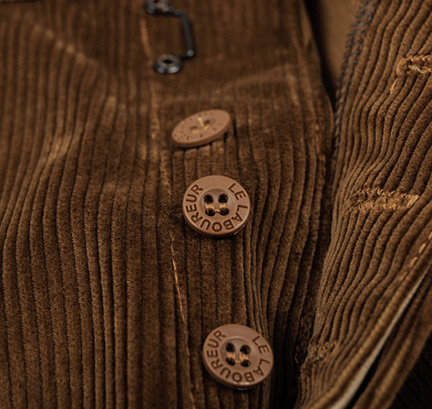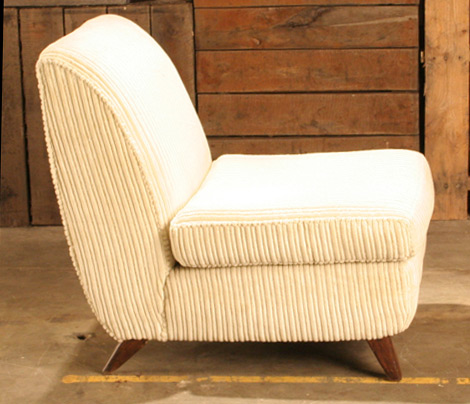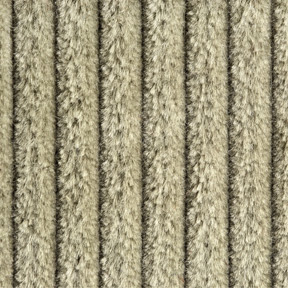The mill dated back to the industrial revolution, when it had been water-powered. Back then, before denim, workmen’s pants used to be made of corduroy because its tufted wales protected the woven backing from abrasion and cuts. I thought this durable cloth would be great for climbing. Ordering up some fabric, I had some knickers and double-seated shorts made. They sold well to our climbing friends, so I ordered some more.
Whenever we needed more corduroy, seven old men had to come out of retirement to crank up their machine at the mill. They warned us that when the hundreds of knife blades that cut the corduroy’s wales got dull, it would be too expensive to sharpen them, and that would be the end of their machine. As it turned out, we sold these knickers and shorts in small but steady numbers for ten years before the knives finally dulled and the loom was retired.
— Yvon Chouinard, from his book Let my People go Surfing
An interesting description of corduroy from Wikipedia:
Corduroy is a textile composed of twisted fibers that, when woven, lie parallel (similar to twill) to one another to form the cloth’s distinct pattern, a “cord.” Modern corduroy is most commonly composed of tufted cords, sometimes exhibiting a channel (bare to the base fabric) between the tufts. Corduroy is, in essence, a ridged form of velvet.
As a fabric, corduroy is considered a durable cloth. Corduroy is found in the construction of trousers, jackets and shirts. The width of the cord is commonly referred to as the size of the “wale” (i.e. the number of ridges per inch). The lower the “wale” number, the thicker the width of the wale (e.g., 4-wale is much thicker than 11-wale). Corduroy’s wale count per inch can vary from 1.5 to 21, although the traditional standard falls somewhere between 10 and 12. Wide wale is more commonly used in trousers and furniture upholstery (primarily couches); medium, narrow, and fine wale fabrics are usually found in garments worn above the waist.
Corduroy is made by weaving extra sets of fiber into the base fabric to form vertical ridges called wales. The wales are built so that clear lines can be seen when they are cut into pile. The primary types of corduroy are:
Standard wale: 11 wales/inch, and available in many colors
Pincord/pinwale/needlecord: Pincord is the finest cord around with a count at the upper end of the spectrum (above 16)
Pigment dyed/printed corduroy: The process of coloring or printing corduroy with pigment dyes. The dye is applied to the surface of the fabric, then the garment is cut and sewn. When washed during the final phase of the manufacturing process, the pigment dye washes out in an irregular way, creating a vintage look. The color of each garment becomes softer with each washing, and there is a subtle color variation from one to the next. No two are alike.
Join NaturalUpholstery.com’s mailing list to receive our monthly newsletter with reupholstery tips, creative inspiration, and resources for using natural, non-toxic materials for upholstery.



Hello
Very interesting article. My husband has an old Polo chair that he wants recovering in corduroy. Which wale size would be best to use for hard wearing and best to sew on domestic sewing machine? Is there a specific type of machine needle to use?
Many thanks
Hi Lorraine,
I’m guessing the wider wale size would be most durable. Upholstery shops have corduroys made specifically for upholstery. If you’re buying from a fabric store, I would look for a heavier fabric – something meant for work-wear. With these fabrics, I use a heavy needle, which for a domestic sewing machine, would be a denim/jeans (110/18) needle.
Good luck with your project!
Carla